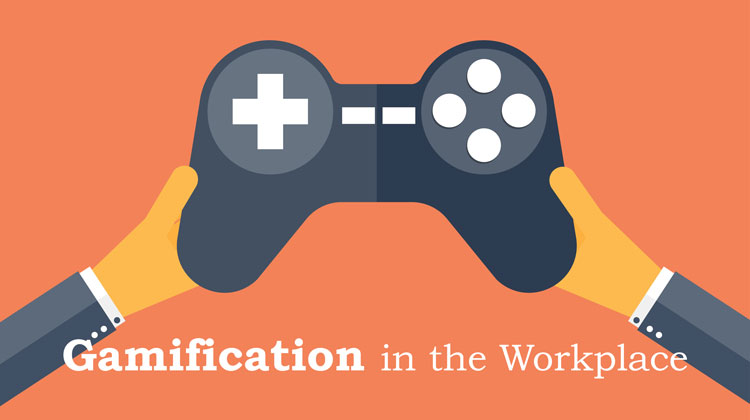Over the last couple of decades, technology has caused new markets to exist and completely changed others. Starting with one of the most primary markets, the market for producing and distributing food. While this industry has seen radical change, mostly resulting in bigger and more efficient farms, the next step is regarded as making them even ‘smarter’. Evolving technologies, such as sensors, mobile devices and strategic use of big data can be of help for producers and distributors alike, helping them face the even bigger need of food of a growing world population (Byrnes, 2015). While achieving better economies of scale can be a solution for global food giants for meeting the growing worldwide demand, it may not be a solution for decreasing our global footprint. As technology has progressed, increased consumer informedness has made our dietary preferences more complex, overall fattening the long tail of the food industry. While advances with the help of technology have been made to minimise resource-usage on the mass production side of food, the next step must be on the demand side.
The revolution of the internet has vastly expanded the variety of products that are produced, promoted and purchased (Brynjolfsson et al. 2006). Specialty items, once seasonally imported from other continents, have now become staple items found in many average supermarkets. A complexer demand and ‘fat’ long tail, known for more deliveries of smaller quantities, does not seem a good match for tackling our increasing global footprint. Increasing consumer informedness also comes with a greater desire for more transparentness in the production and ingredients of goods which may serve as a solution.
The impact of climate change and environmental factors has gained momentum, urging global food giants and consumers alike to become more sustainable and reconsider their extensive assortment of products. Increasing consumer informedness by installing green screens, green information tags and such in the shopping aisle may be a good solution, but may only be effective on already-conscious consumers. The food industry’s giants ought to make room for more locally produced specialty items, which I hope, will gain recognition by using the Internet to its advantage.
Byrnes, N. 2015. Business Report: Food for all. MIT Technology Review. Accessed via: https://www.technologyreview.com/s/537576/food-technology-for-all/?utm_campaign=internal&utm_medium=readnext&utm_source=item_1&set=537571
Brynjolfson, E. Hu, Y. Smith, M.D. 2006. From Niches to Riches: Anatomy of the Long Tail. Sloan Management Review. Accessed via: http://sloanreview.mit.edu/article/from-niches-to-riches-anatomy-of-the-long-taill


